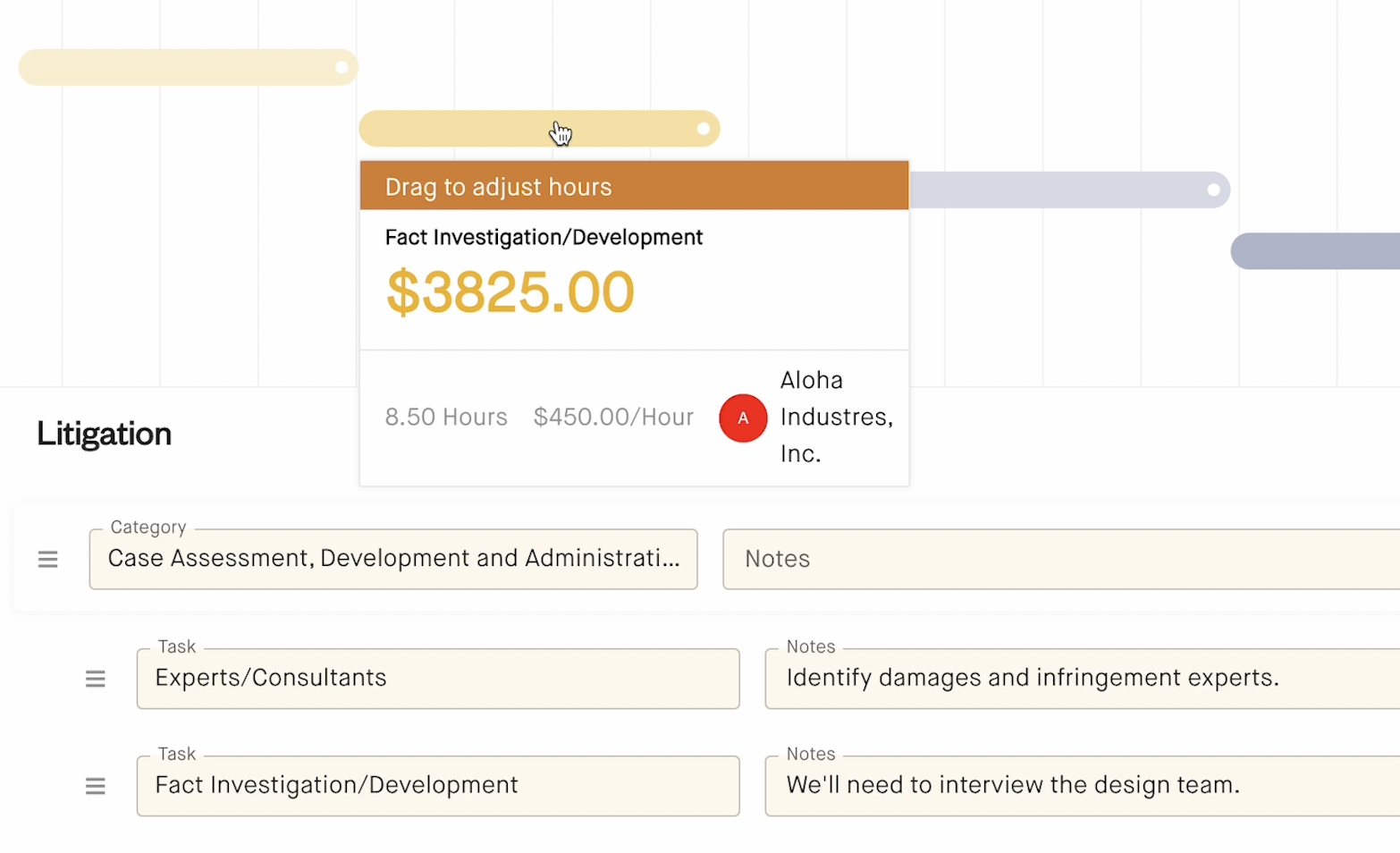

I founded Feehive because I think the billable hour is a data failure that can be fixed. If we can forecast the path of a tornado we can predict the cost of a motion for summary judgment. I’m a firm believer that alternatives to the billable hour business model are coming soon. It’s a change that we’re trying to accelerate.
But I don’t think we can skip to meaningful alternative fee arrangements without explaining to the client how we arrived at the numbers we’re proposing. Clients are understandably leery of forecasts that haven’t been broken down into component parts. They want us to show our work.
Clients want the predictability of fixed fees and other AFAs but they also want transparency.
For the moment, the input for most alternative fee proposals is, at least in part, some calculation of how many hours certain tasks will take. Although AFAs are built on the idea that skill and experience aren’t just a sum of hours spent, the immutable truth is that time is a finite, non-renewable resource that has a monetary value in the context of delivering professional services.
So I don’t think you can talk to clients about alternative fee structures without talking about how much time certain tasks require and the dollar value associated with that time. In this conversation, time is not the cost of the product, it is the value of the material used to build the product. Think “time value” instead of “billable hour”.
Given the current rudimentary state of fee forecasting, we have to show clients the time value that underlies our fixed fee proposals. Feehive is custom built for showing the time value underlying fixed fee arrangements.Give it a try and let us know if changes the conversation with your clients.